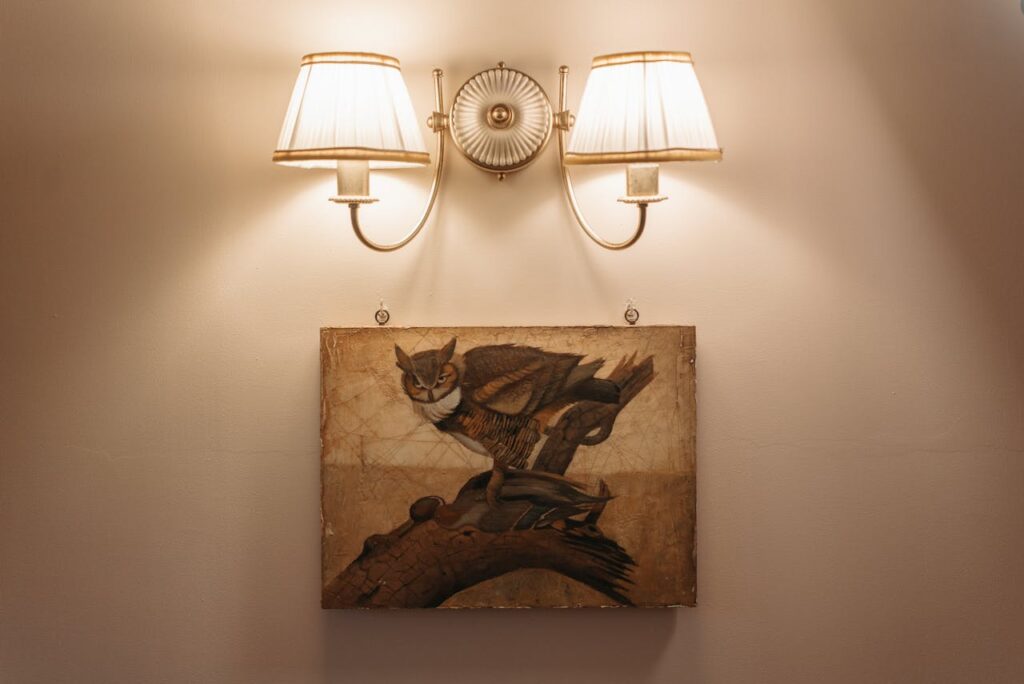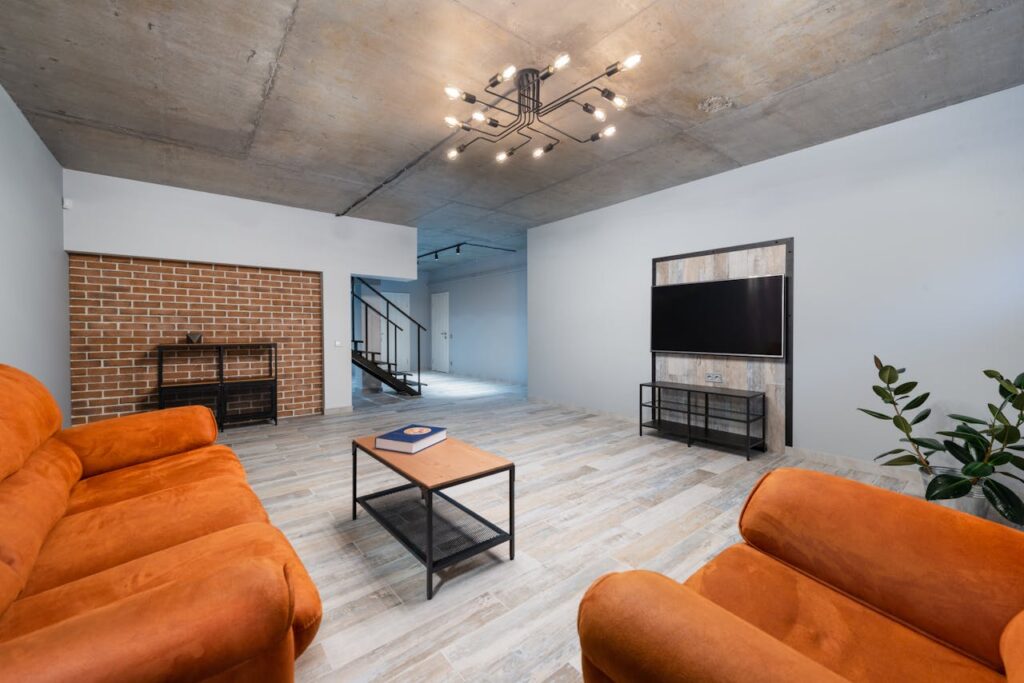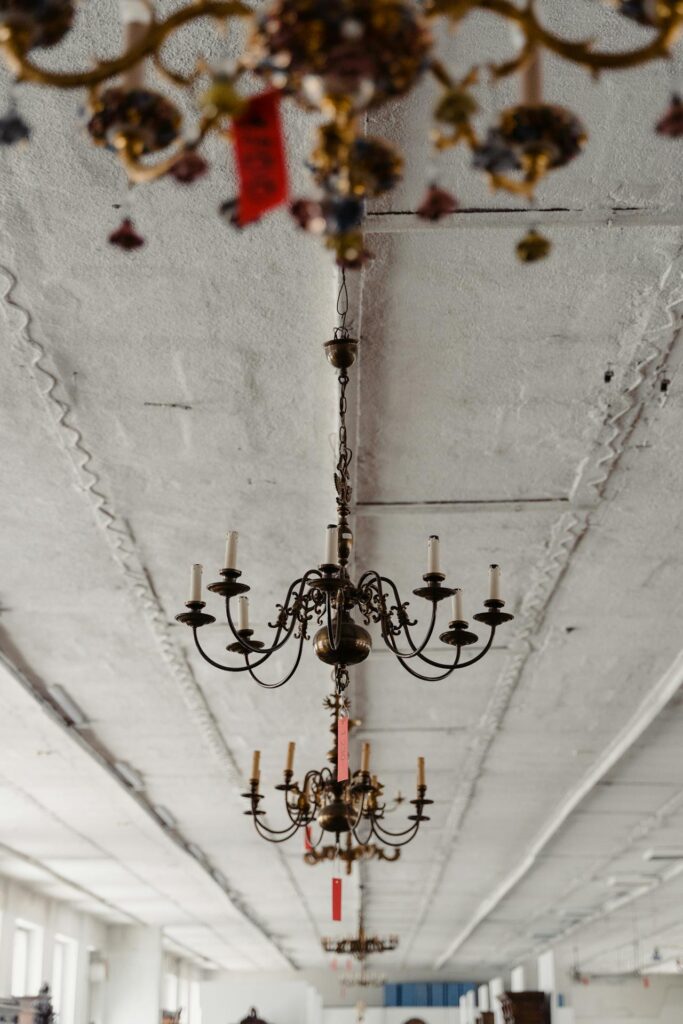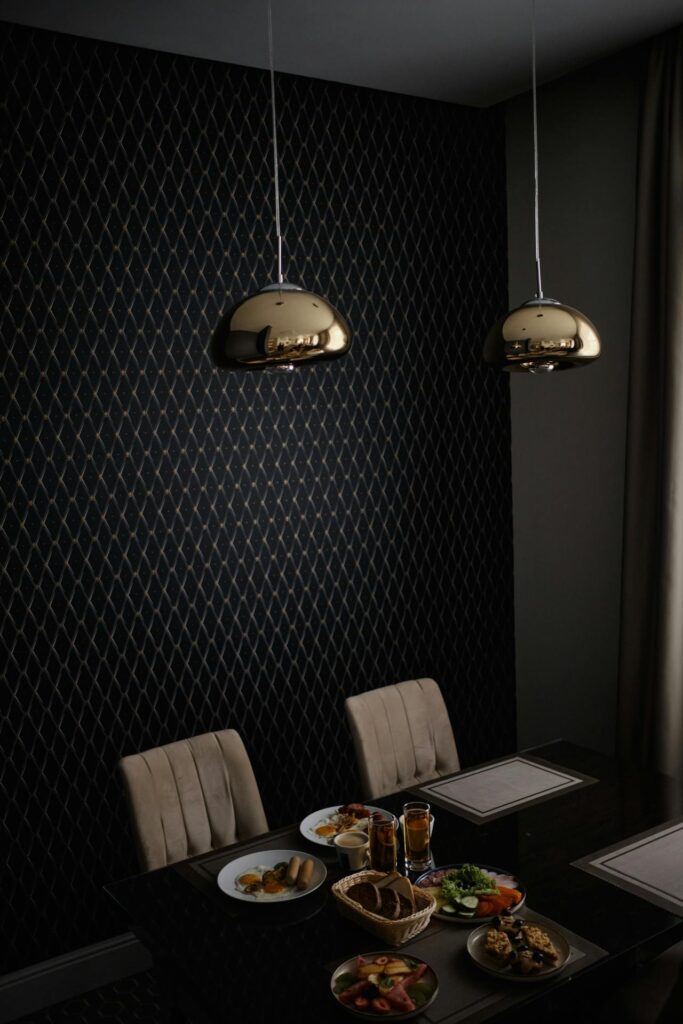
Lighting plays a crucial role in home decor, influencing both the functionality and ambiance of a space. While decorative lighting fixtures add style and personality, choosing the right ones requires careful consideration to ensure they enhance rather than overpower the room.
From chandeliers to pendant lights, sconces, and table lamps, each fixture serves a unique purpose. Here’s what to keep in mind when selecting decorative lighting for your home.
Key Factors to Consider When Selecting Decorative Lighting

Understanding the Role of Decorative Lighting
Decorative lighting is more than just a source of illumination—it serves as a focal point, enhances the aesthetic of a room, and complements other design elements. While functional lighting ensures visibility, decorative fixtures contribute to the overall style, whether modern, vintage, or minimalist. A well-balanced lighting plan combines ambient, task, and accent lighting to create a layered and inviting atmosphere.
Choosing the Right Fixture for Each Space
Different rooms require different lighting fixtures, and selecting the right one depends on the room’s purpose and layout. Chandeliers work well in dining rooms or entryways as statement pieces, while pendant lights are ideal for kitchens or over a reading nook. Wall sconces provide soft illumination in hallways and bedrooms, while table and floor lamps add a cozy touch to living spaces. Consider how each fixture will function within the room’s overall design.
Considering Scale and Proportion
Lighting fixtures should be appropriately sized to fit the space without overwhelming it. A chandelier that’s too large can dominate a small dining room, while a tiny pendant light may look lost in a grand foyer. As a general rule, measure the room and choose fixtures that complement its dimensions. For dining tables, a chandelier should be around one-half to two-thirds the width of the table to maintain balance.
Paying Attention to Light Output and Bulb Type

Beyond aesthetics, consider the type of light output needed for each room. LED bulbs offer energy efficiency and longevity, while incandescent bulbs provide a warm, classic glow. Dimmable fixtures allow for adjustable brightness, creating a flexible atmosphere. Soft white bulbs work well in living areas, while bright white or daylight bulbs are ideal for task-oriented spaces like kitchens and home offices.
Layering Lighting for Depth and Functionality
A well-lit room incorporates multiple layers of lighting. Decorative lighting should work alongside ambient and task lighting to create depth and functionality. For example, in a living room, a statement chandelier can be complemented by wall sconces for ambient light and table lamps for focused illumination. Layering different sources ensures that the space remains practical while maintaining a stylish appeal.
Selecting the Right Material and Finish

The material and finish of a lighting fixture can impact the room’s overall aesthetic. Brass and gold finishes add warmth and elegance, while matte black or industrial metal complements modern and minimalist interiors. Glass or crystal fixtures reflect light beautifully, making a space feel brighter, while wood or rattan adds a natural, organic feel. Choose materials that harmonize with your existing decor for a cohesive look.
Ensuring Proper Installation and Placement
The placement of decorative lighting is just as important as the fixture itself. Pendant lights should hang at the right height above kitchen islands or dining tables—typically 30 to 36 inches above the surface. Wall sconces should be positioned at eye level to prevent harsh shadows. Proper installation ensures that the fixture enhances the space rather than causing discomfort or visual imbalance.
Final Thoughts
Decorative lighting fixtures are essential for both function and style, creating a well-lit, inviting home. By considering factors such as fixture type, size, material, and placement, you can select lighting that enhances your decor while serving its purpose. Thoughtfully chosen lighting not only elevates a space but also contributes to the overall ambiance, making your home feel warm and cohesive.

